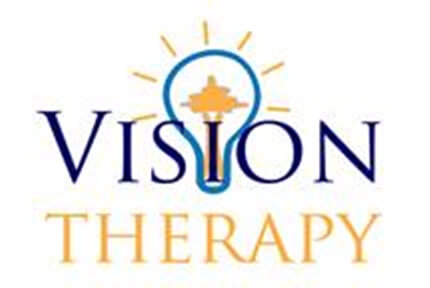Keep up-to-date on the latest vision-related news and eye care events at Vision Therapy Institute of Calgary.
Most stroke survivors experience some degree of visual dysfunction following a stroke. Here are the 4 main types of visual complications that may result from a stroke and ways neuro-optometry can help.

Gift suggestions from your OD?
This time of year many patients are considering sports-related gifts, which could include visors and protective eye wear. Dr. Debbie Luk has put together an excellent summary to help ODs introduce the safety aspect with patients.
Consider the impact of visors on eye and orbital.
Eye trauma, often occurring through physical activity, is the leading cause of noncongenital monocular blindness in children. An optometrist has a crucial role in reinforcing eye safety in sports-related activities. This is especially because over 90% of ocular injuries are preventable with appropriate eye protection. However, studies show low rates of use among athletes.1
A recent article revealed amongst NHL hockey players, 34 out of 640 are without a visor. Vancouver defenceman Erik Gudbranson is one of them. After suffering from a broken orbital bone, he continues to play without proper protection and explains that his decision is unwise, but is due to being comfortable. According to a 2014 retrospective study, a total of 149 eye or orbital injuries over the last 10 seasons in the NHL. Most injuries were a result of being hit by a deflected or direct puck (37%) followed by being struck by a high stick (28%).2
Visor use among NHL players grew from 32% in 2002-2003 to 73% in 2012-2013 as the NHL Players’ Association made it mandatory for inexperienced players to wear visors. In Canada, the evolution of facial protection and implementation of mandatory full-face shields in minor hockey led to a significant decline in ocular injuries. Mandatory helmets and facial protection reduced the number of ocular injuries in 1974–1975 to half of that in 1983–1984. Additionally, hockey players were 10 times more likely to sustain an ocular injury with no facial protection and four times as likely with partial facial protection, whereas no injuries were found with full-face protection. Implementation of mandatory full-face protection for minor hockey players has led to a decline in ocular injuries.1,2
In the United States, 84.6% of children do not wear protective eyewear despite engaging in a sports that risk eye injury.1 As part of a comprehensive eye examination, optometrists should discuss hobbies, including sports and therefore have the opportunity to discuss the importance of eye protection. One of these discussions could save an eye.
1. Luong M, Dang V and Hanson C. Traumatic hyphema in badminton players: Should eye protection be mandatory? Can J Ophthalmol. 2017; 4: 143-6.
2. Micieli JA, Zurakowski D, Ahmed II. Impact of visorts on eye and orbital injuries in the National Hockey League. Can J Ophthalmol. 2014; 49:243-8.

